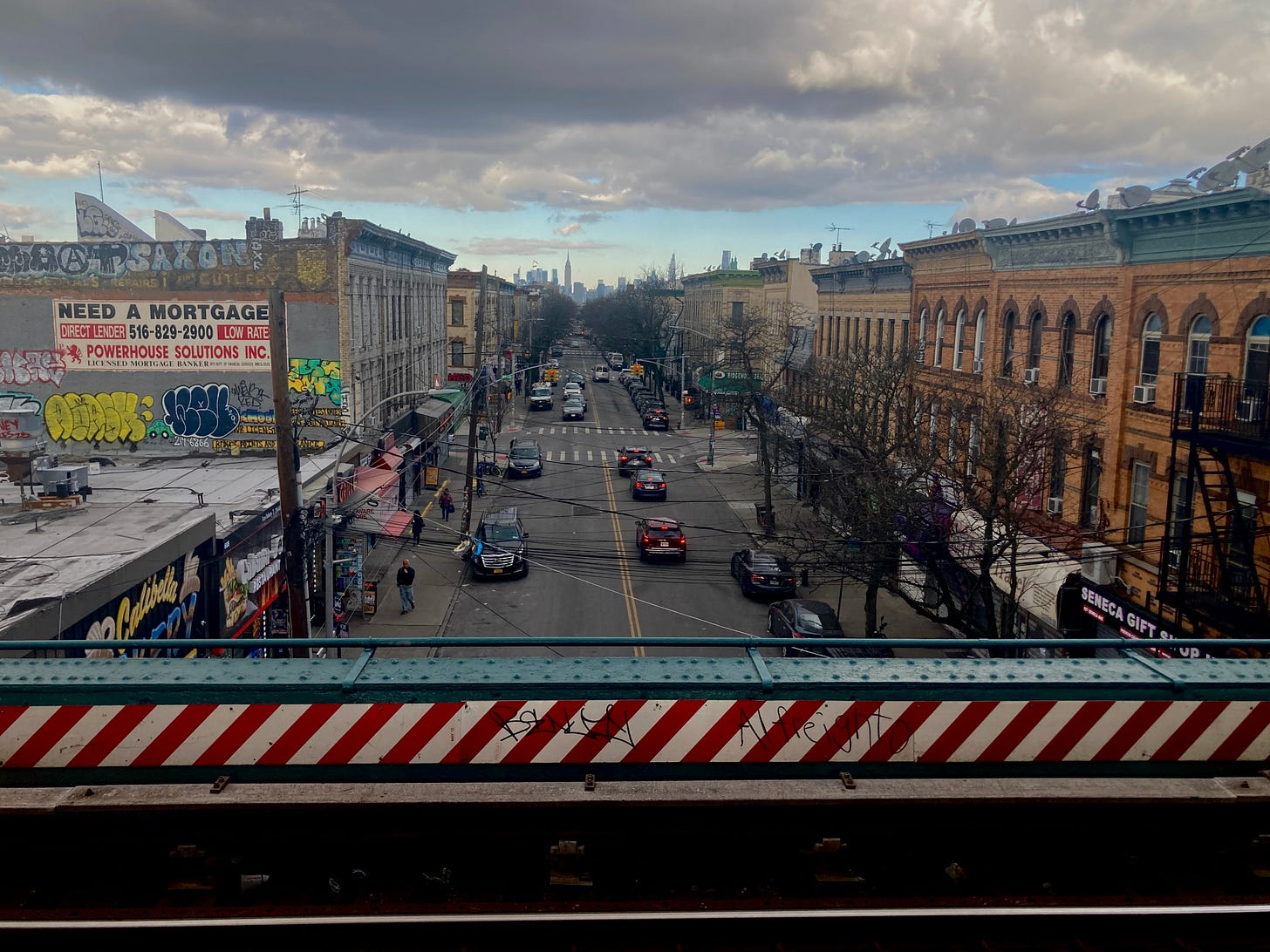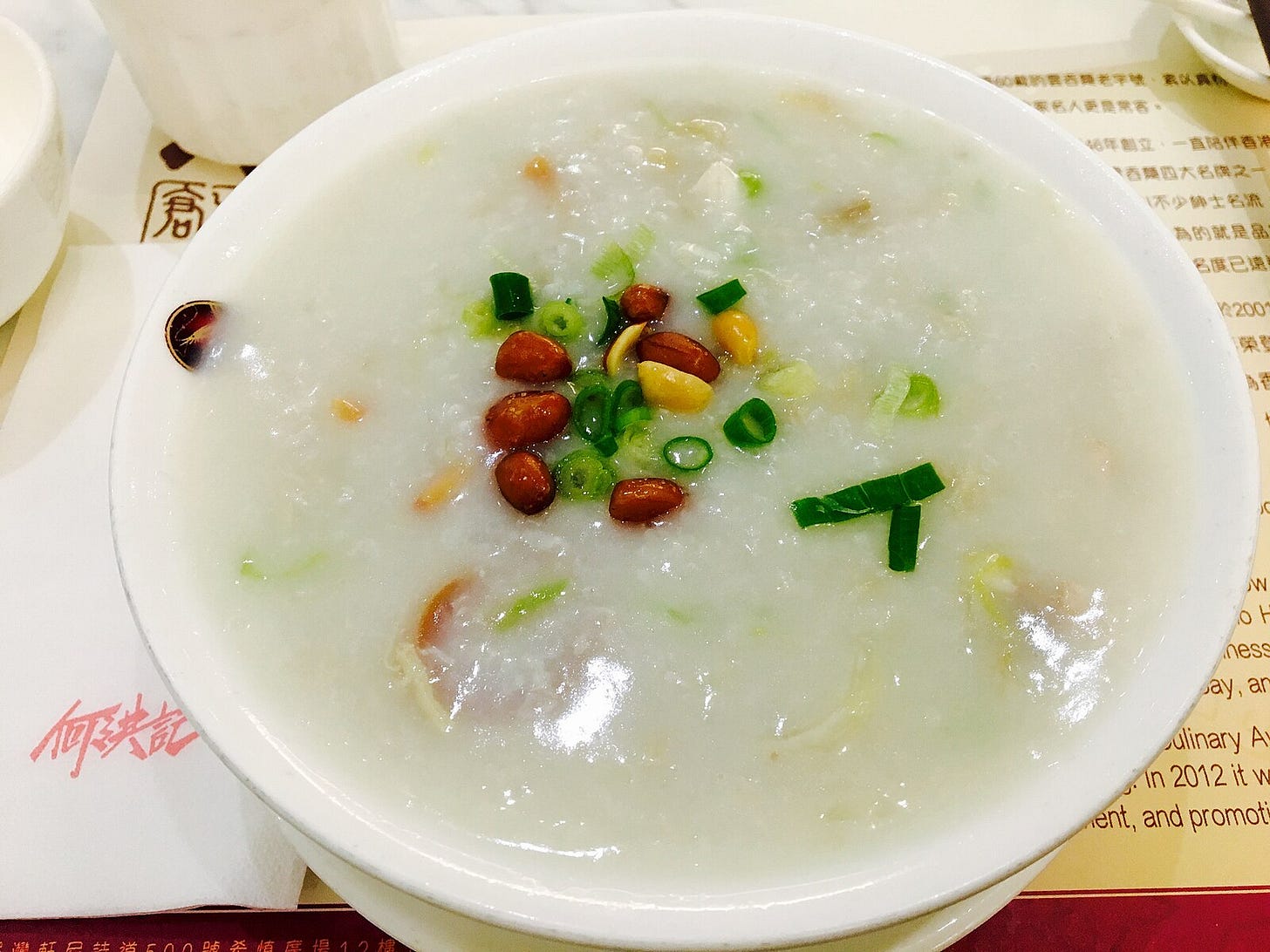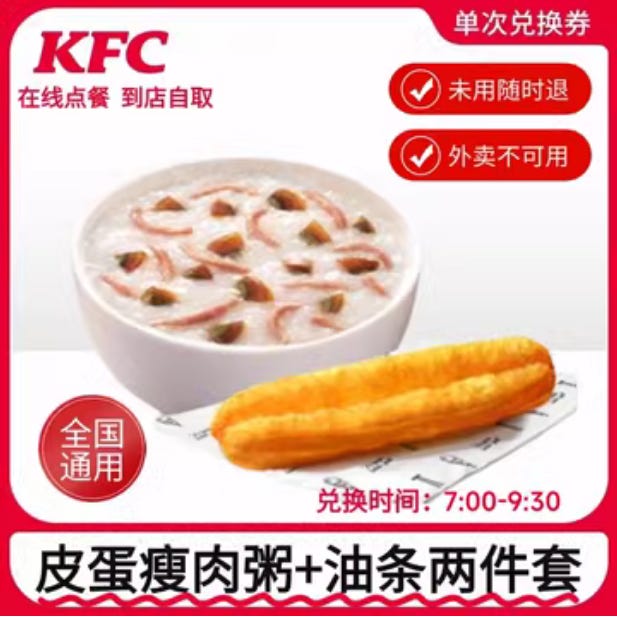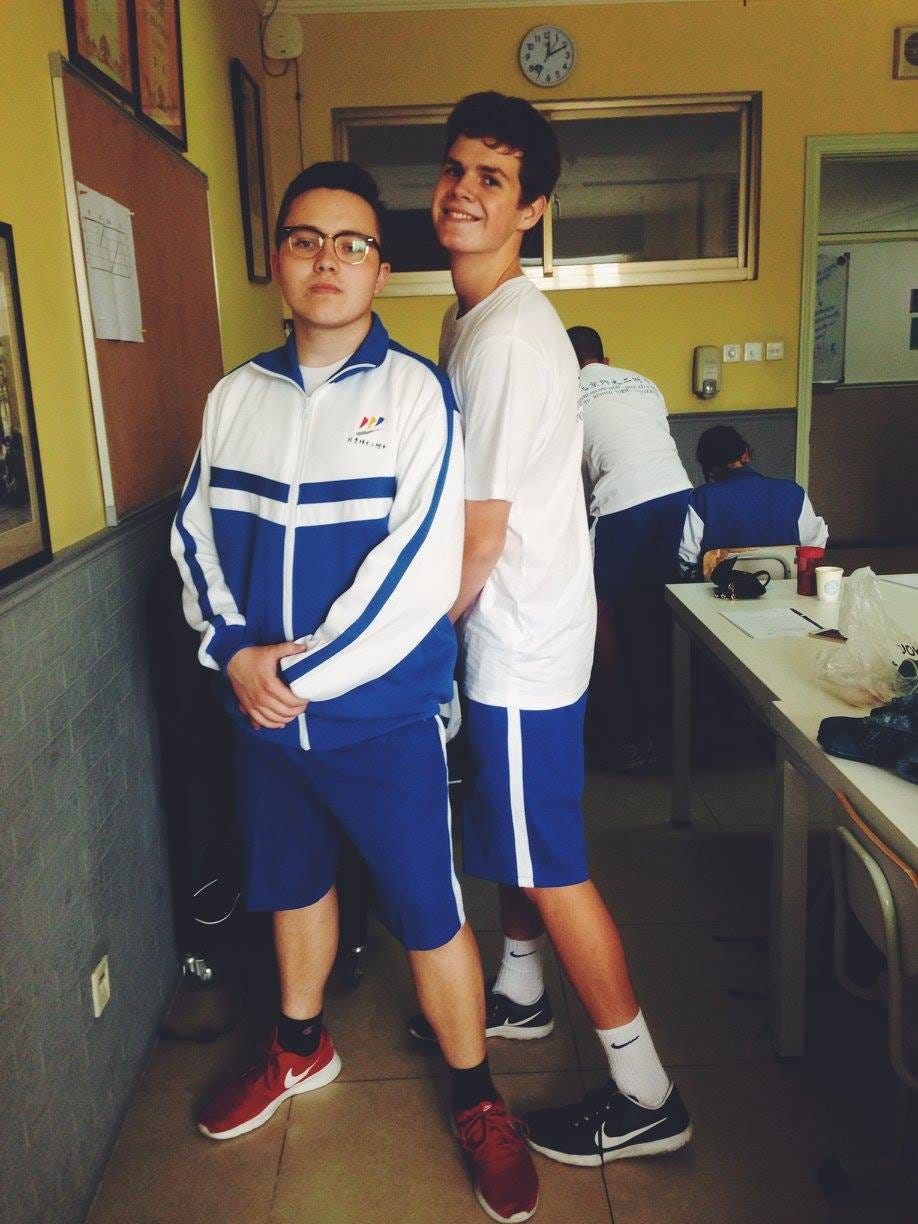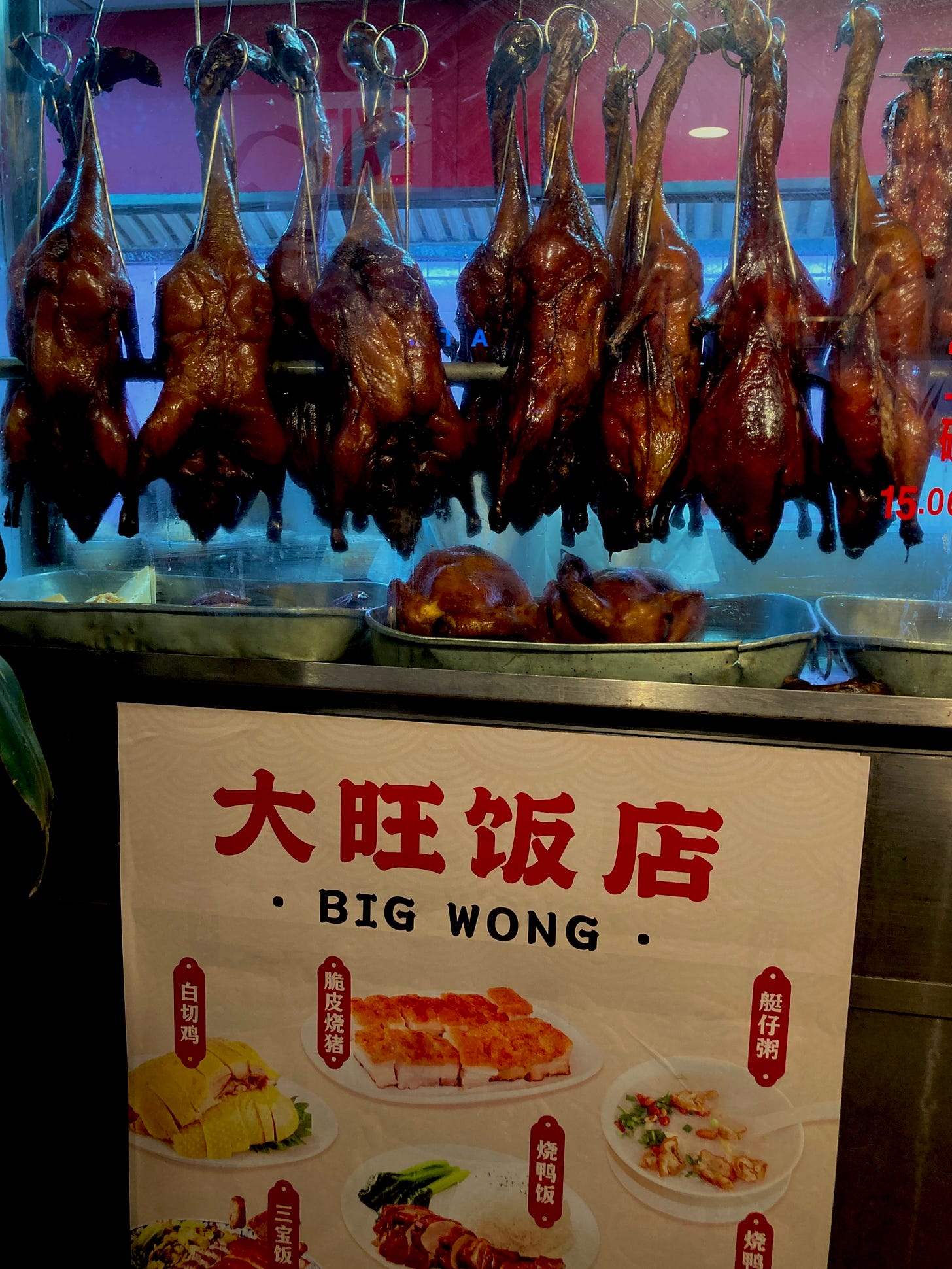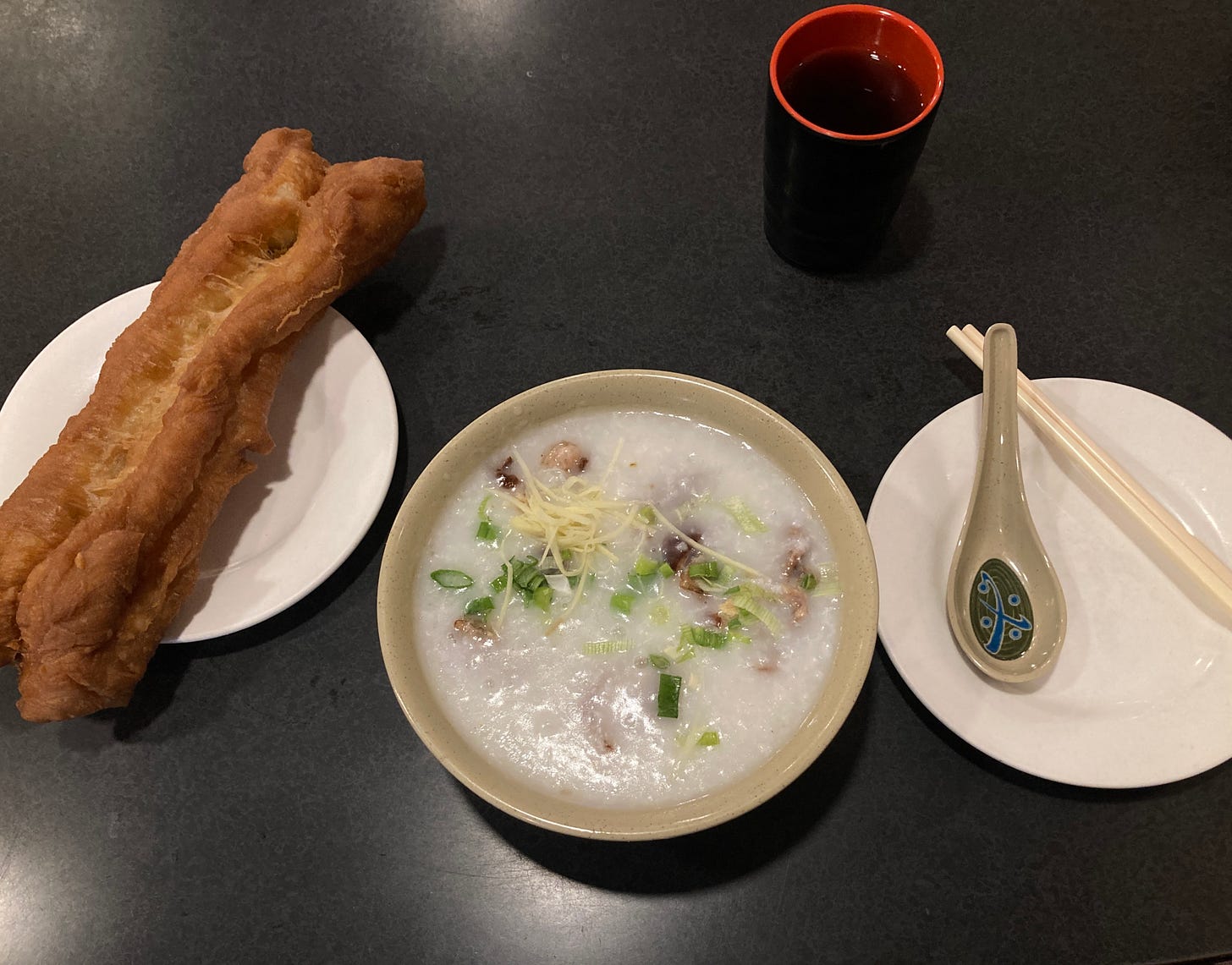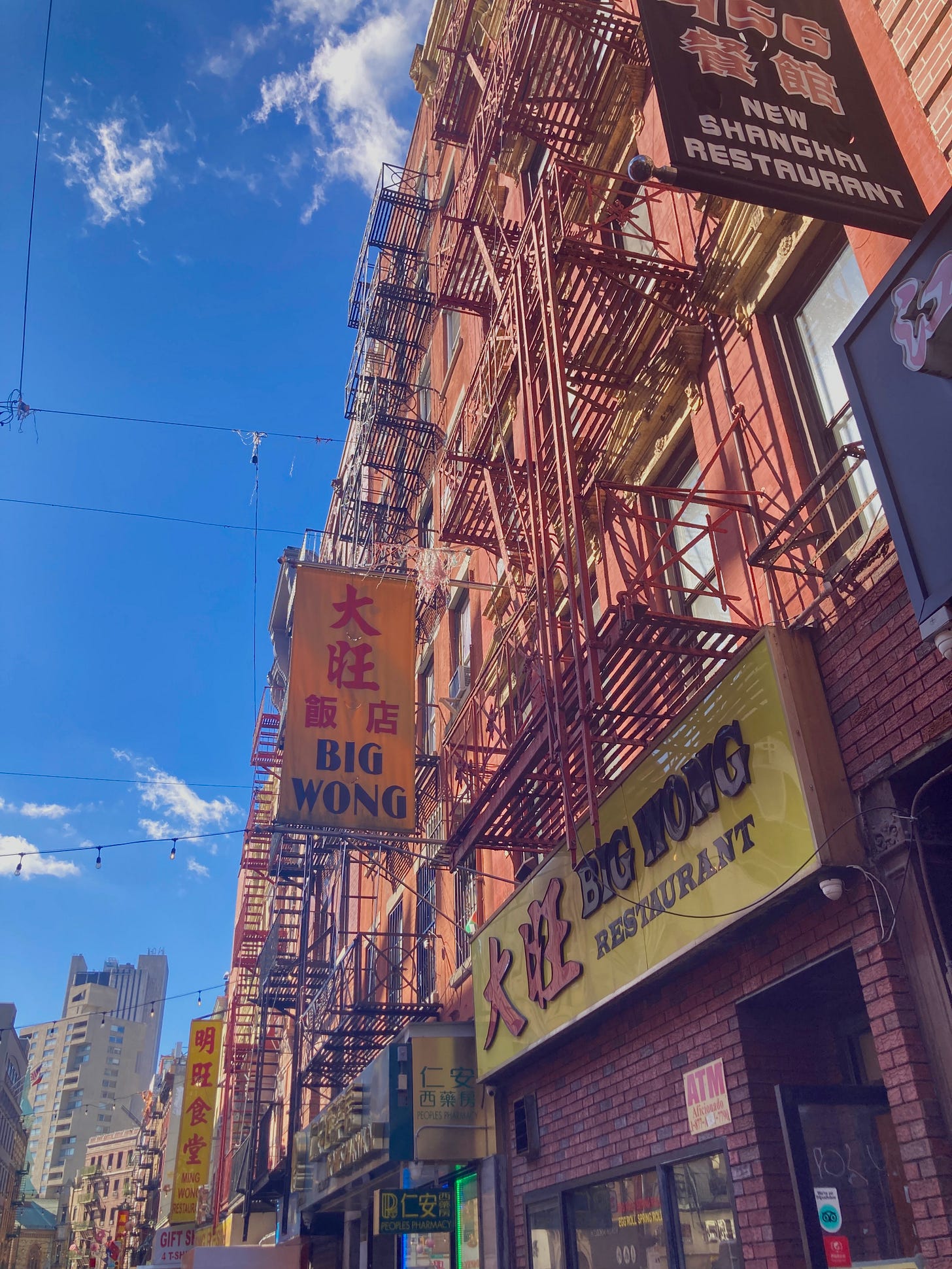The 8:26 M Train shuttling passengers into Manhattan on a weekday morning is a solemn one. Standing on the platform in Queens, I’m surrounded by commuters heading to their downtown jobs from their outer-borough apartments. The commute is worth it to them. These are financially savvy people. Serious people. Though newly unemployed, I make an extra effort to keep quiet out of respect. Besides, I am attending to some serious business of my own.
Running above-ground toward Manhattan, the M offers a view of an imposing skyline, which grows steadily as we chug along. We head west through Brooklyn, joined by more serious people along the way. Men with still-wet hair hastily slicked to the side who wear black shoes with buckles take their seats next to women sporting scarves and over-ear headphones.
By the time we begin crossing the Williamsburg Bridge, nearly everyone is looking out the window, eyes fixed on the island whose shores we will soon reach. In the faces of the passengers around me, there is a visible uptick in those varied emotions – excitement, focus, stress, nervousness, angst, anger, fear, despair – which accompany the facing of a new day. We dip underground on the other side of the East River, the doors open, and we climb back out into the sunlight, each hurriedly setting out on our own mission.
My immediate – and still my strongest – reaction to my early-February layoff was a stirring of that desire, held at bay for some time now, to figure out a way to somehow never have to work for someone ever again. This renewed vow was followed closely by the reality of having to feed myself for cheap. The question of how to do this, of course, begins with breakfast, which was harder than expected to figure out. A wave of bird flu had sent the price of eggs soaring to $10/dozen at my neighborhood supermarket. Avocados, another morning staple, were a textbook frivolous produce item, now too rich for my blood. I racked my brain, trying to think back on the great cheap breakfasts of my life: cereal, peanut butter toast, oatmeal…and then it hit me.
My first brush with the dish was not pleasant. It came in the spring of 2014, at the lobby breakfast buffet of the Beijing Hotel during a week-long trip to China. Many of the dishes looked familiar, if not familiar as breakfast food. There was toast, fried rice, a tray of steamed buns. But at the far end of the table, stewing in a casserole dish over canned heat, were two batches of something I did not recognize. They were labeled with the characters 小米粥 and 大米粥 above the words MILLET CONGEE and RICE CONGEE, none of which, besides “rice,” I could make sense of.
Back in my hotel room that evening, a web search defined congee as “a porridge or gruel made by boiling rice in a large amount of water.” While porridge and gruel were not appealing words, I prided myself on being an adventurous eater – how bad could it be? The next morning, I helped myself to a scoop. I felt it crawl down my throat. I didn’t know what to make of it. I tried to put it out of my mind quickly. And yet here I was, a decade later, seeking it out on the other side of the world.
粥: A HISTORY
Since rice was first cultivated in the lower Yangtze valley of Neolithic China around 9,000 years ago, it is reasonable to think that the first bowl of 粥 was served at some point shortly thereafter. In fact, as a result of both prehistoric impatience and primitive water-measuring technology, it may have even predated the less soupy finished product of rice that comes to mind today. Over the course of thousands of years since then, it has spread to nearly every country in Asia, and some much farther away. Nowadays, it is a dish that goes by many names in many languages. Congee and porridge are the most common English translations. In China, while it has several names that vary in popularity by region, the most widely-used name for it is 粥, written as “zhou” using the Latin alphabet and pronounced like the name Joe.
Early historical texts share stories of emperors feeding the hungry with zhou during times of famine. Doctors are recorded as concocting medicinal porridge recipes which healed those same emperors. Over time, diverse preparation methods developed, tailoring the dish to regional tastes and ingredient availability. By the time classicist and Sichuan province salt-and-tea commissioner Huang Yunhu compiled recipes for his Porridge Manual in the mid-19th century, he found 237 distinct preparation methods.
In early China, the dish served not only as a cheap food source and as medicine for the sick, but also as a source of artistic inspiration. Song-era poet Su Dongpo, born in the year 1037, mused on themes surprisingly relatable to the modern reader. In the lines of one poem, he writes about finding beauty in nature after getting locked outside his house while drunk one night. In another, written upon the birth of his son, he hopes aloud that the baby boy would grow up to be ignorant and stupid so he could live a happy life and secure a job as a political official. In yet another, he records his thoughts after a particularly profound experience eating porridge: “I am so turned upside down that I don't know who I am, but I know that in this mundane world there is something genuinely good.”
Even today, porridge holds a central place in China’s cuisine, as well as its culture. A key element in the celebration of Laba festival, which commemorates the date of the Buddha’s enlightenment and marks the beginning of the Lunar New Year season, is Laba porridge, made with nuts, dried fruit and other ingredients varying by region. After a wildly successful test run at select Shanghai locations in 2002, KFC added century egg zhou as a permanent menu item at all locations in mainland China and Taiwan. Though millions of people worldwide start their days with zhou, it took me a long time to become one of them.
粥: A PERSONAL HISTORY
A year and a few months after that first spoonful of porridge sent a shiver down my spine, I returned to Beijing to start my junior year of high school. After leaving Boston on a nonstop flight at 4:00 in the afternoon and arriving at 6:00 the following evening, I moved into the apartment of my new host family, just south of Beijing’s famous “Bird’s Nest” Olympic stadium. Due to the time difference, we were all equally confused as to what meal I should be eating, but agreed that breakfast seemed like a safe bet. When my host mom pulled out a box of Frosted Flakes she had found at an international grocery store, I could tell from her son’s reaction – marching around the house and chanting “Frosted Flakes! Frosted Flakes!” for several minutes – that this was not typical breakfast fare and had instead been bought special for me. Eating the cereal under the kindly gaze of Tony the Tiger, I was touched that my hosts would go so far out of their way to make sure one of America’s most beloved cereal mascots was here to greet me.
The weeks went on, the fanfare surrounding my arrival died down, and I began to get a better idea of what a typical breakfast in Beijing looked like. Each morning, after I donned my school uniform – a blue tracksuit emblazoned with the school’s logo – my host mom would offer me breakfast before I headed out for the day. The box of Frosted Flakes ran out, giving way to more unfamiliar fare.
Curiosity was rewarded as dishes turned out to be far more delicious than expected. They went by names like 豆腐脑 (tofu brain) and 油条 (oil stick). Fried rice or leftover dumplings were of course highlights when I was lucky enough to start my day with them. To this day, I maintain that two tea eggs and a bowl of instant coffee is pretty much a perfect breakfast. After a few days, however, my newfound culinary bravery faced the ultimate test as I walked out into the kitchen and was greeted by a simmering pot of the faintly familiar but long-forgotten zhou.
I approached it with an open mind, but the gelatinous texture so early in the morning was something I just couldn’t get over. As the first spoonful triggered my gag reflex, I came to the unfortunate conclusion that nothing had changed. I soon realized that for my new host family, like millions of families across China, zhou was a morning staple. That September was unseasonably hot in Beijing, and I have vivid memories of sitting at the kitchen table, visibly sweating and trying my best to suppress my gags so they were not so outwardly apparent.
I wanted to like zhou, I really did. But there was no way around my visceral response. I tried swallowing it as quickly as possible, scalding my esophagus in the process. I’d hide spoonfuls in my cheeks, releasing tiny amounts into my mouth before swallowing. It barely worked. As soon as my host mom stepped into the other room to brush her hair, I was in a frenzied state, pouring as much zhou down the kitchen sink as possible or hiding it inside any receptacle I could find. Thinking back on those moments, I still feel deep shame. I’m lucky the sink never clogged.
Time continued to pass and the weather began to turn. Late each fall, the winds blow down from Siberia to start a dry, windy winter in Beijing. One cold morning, as the strengthening winds howled outside our 18th floor window, a miracle occurred at the breakfast table. Hunched over a bowl of zhou, bracing myself as always, I discovered that the gagging had finally, magically, subsided. The taste had always been the same: not bad. But now, finally seasonally appropriate, zhou was something that I actually enjoyed. I asked for seconds. I couldn’t believe it.
Though the wind stung my face as I stepped out and began my walk to the #104 bus, I felt a pleasant warmth radiating from my stomach. How could I have been so blind? At last, I saw it for what it was: a perfect, cheap winter breakfast. I began to crave it, to look forward to it. The abuse my uvula had taken over all those months of gagging had simply been the turbulent beginning of a now-passionate love affair.
粥 REDISCOVERED
These bittersweet memories rush back to my mind as I climb out of the subway and into a similarly windy morning in Manhattan. Walking south from Delancey Street, I enter Chinatown, a neighborhood where I typically spend multiple afternoons of the week taking in the smells, sounds and foods that accompanied my time spent living in China, and always running into dishes I forgot I once loved, like old friends. I don’t know whether it’s healthy to spend so much time living in this state of culinary nostalgia, but I don’t care. I love it.
The last bowl of zhou I had was probably during the winter of 2019, when I was back in Beijing for a year of college prematurely ended by something that happened in Wuhan. Even then, I was doing it out of nostalgia – zhou is a dish best served homemade, cooked with love over a hot stove on a cold day. On a tip from a Reddit user, I wind up on Mott Street at Big Wong, a restaurant known better for its roast duck than its zhou. However, as crazyman221 tells me, leftover roast duck is sliced up and added into zhou (they call it congee), making for a product greater than the sum of its parts. I’m curious. So, without looking at a menu, and without the fear that once shook me to my core but rather a sense of longing, I order a bowl of roast duck congee with a youtiao (the aforementioned oil stick) on the side.
I sit, as I often do, facing the kitchen. Having spent some time cooking in restaurants myself, I always like to get a look at what kind of operation they’re running back there. Sipping a cup of tea, I am mesmerized: from the work I see being done through the kitchen door, it is clear that Big Wong is the type of restaurant that has mastered the preparation of one dish, turning itself into a well-oiled duck-roasting machine. So well-oiled, in fact, that they have duck left over to turn into porridge. For the entirety of my visit, a man stands at a cutting board by the kitchen door, using a large square knife to clean and quarter a seemingly endless procession of ducks. Every few minutes, a waiter comes out of the kitchen carrying a tray stacked high with youtiao, each approximately the size and diameter of my forearm. I am brought out of my trance a few minutes later when a waiter arrives with a massive bowl of porridge and sets it in front of me.
Just as it is the star of Big Wong’s storefront appearance – rows of duck with glazed, roasted, crispy skin hang in a row in the store’s front window – the roast duck takes center stage within the bowl. Copious amounts of duck fat have melted out into the rest of the porridge, accenting its grainy flavor. The mellow, oily taste of duck is balanced by sharper tones of green onion and kugua (bitter melon), both of which are shredded so thinly that they appear to be dissolving. The texture is the same, but there will be no gagging this time. As I take my first bite, the little pockets of fat lining the outside of a piece of roast duck dissolves, sending a burst of pure, delicious duck essence into my mouth and a tingle of ecstasy down my spine. Much like the Goldilocks of old, I find myself thinking that this porridge is just right.
I eat at a pace that would shock my once-squeamish self. Slurping down the porridge, dipping the youtiao into the bowl from time to time, I do not think once of those painful memories from a decade ago. By the time the waiter comes back to check on me, I am moved beyond words and give a silent thumbs-up. There are tears of joy in my eyes. This morning, the take-out business is outselling the dine-in, and though I hear many orders going out the door behind me, I am surrounded by just a few fellow diners in a dining room silent save for the sounds of our eating. To my left, a man also eating zhou burps repeatedly. I join him and let one out. It feels amazing. When I’m nearly finished, a woman and her elderly mother sitting to my right are starting to dig into their breakfast. I am slightly dismayed when I realize that they are splitting the exact meal I have just single-handedly devoured, using a pair of scissors to cut the youtiao into pieces. I take my last few bites, leave the cash on the table, and make my exit.
I am front-heavy as I step out into a bright morning in Chinatown, belly full of rice and oil. A few hours later, as I lay sweating on a friend’s couch, I will realize that, in a moment of culinary hubris, I may have overindulged in these flavors of my past. But for now, as I turn onto Canal Street and walk along a fruit-stand-lined sidewalk, I think with the clarity that comes after a good meal about the logistical realities of my new life: where I’ve been, where I’m going, what I will eat next.
In fact, I find myself actually feeling quite empty now that the zhou is gone. In times of turmoil, many often bury their head in the proverbial sand of familiar tastes, sights and sounds. By doing so, I had bought myself about an hour of bliss, but now I am at the beginning of the come-down. Turning to walk uptown without a destination in mind, I am comforted by that familiar, starchy warmth radiating from my midsection.
I am so turned upside down that I don't know who I am,
but I know that in this mundane world there is something genuinely good.
— Su Dongpo


